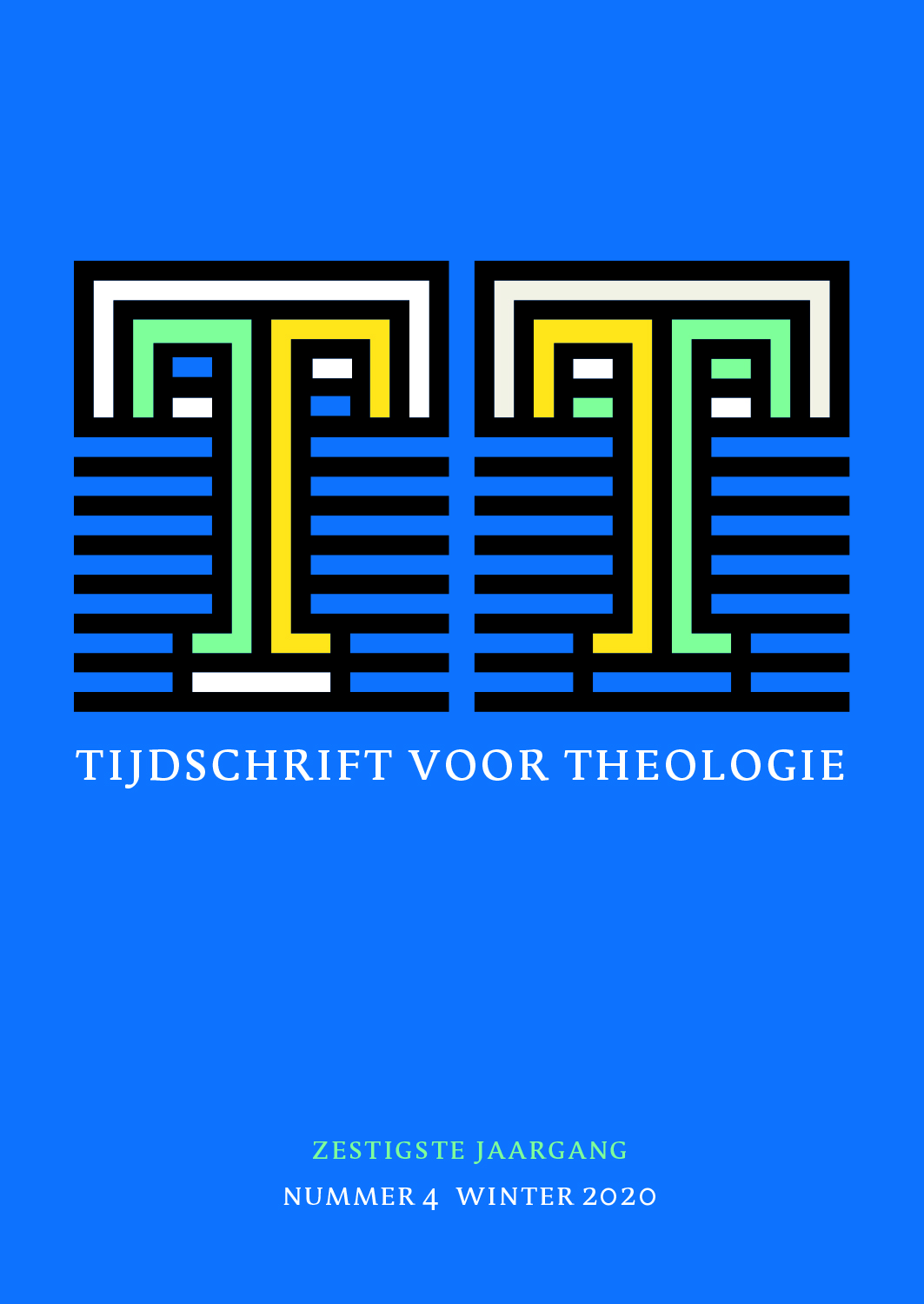 previous article in this issue previous article in this issue | next article in this issue  |

Preview first page |
Document Details : Title: L’Art pour la théologie Subtitle: Gustave Thils’ toepassing van de ‘theologie van het tijdelijke’ op kunst Author(s): BOSSCHAERT, Dries Journal: Tijdschrift voor Theologie Volume: 54 Issue: 1 Date: 2014 Pages: 7-22 DOI: 10.2143/TVT.54.1.3200467 Abstract : This contribution presents the theological approach of art by Louvain theologian Gustave Thils (1909-2000). Historically, Thils’ oeuvre is regarded against the background of an increasing theological interest in temporary values and the arts in the Frenchspeaking theological world. Attention is paid to intellectual and practical initiatives in France (e.g. Jacques Maritain or L’Art Sacré), but also to Belgian pioneers from the religious orders (Schillebeeckx, Walgrave, Malevez) and the catholic university of Louvain (Philips, Moeller, Dondeyne, Thils). Next, Thils’ ‘theology of the temporal’ is presented in its objectives, its inspirations (i.e. Maritain, Marrou, Rideau) and its universal scope. Attention is also paid to the structure of the method itself: describing the nature of temporal realities, their double purpose (being in service of both God and man), their failure to live up to this purpose and the redemption offered by the divine Trinity and mediated by the Church. Subsequently, Thils’ justification of his method by reference to art is discussed. He uses art to illustrate the necessary fertile interaction between everyday reality and theology. This will involve an exemplary conversation between a priest and an artist, the use of icons in orthodox churches and the inadequacy of the adage l’art pour l’artrespectively. Fourth, the application of Thils’ method to art is elaborated. Pivotal in his theological consideration of the nature of art is its givenness, its contribution to creation and its subservience to God (by reflecting divine rays) and man (by transforming his life). Thils’ vision on the meaning of art for everyday life is the subject of the fifth section, which will look into the division between ‘the flesh’ and ‘the spirit’. The whole of reality should be made as ‘spiritual’ or as Christian as possible and art is the best way to achieve this. In the end, the practical advice remains rather abstract. The article concludes in proposing that art plays a prominent role in Thils’ theology of the temporal. It helps him to support his method and develop an integral approach to humanity. It should be obvious that at any given time, Thils believes art to be at the service of theology. |
|


